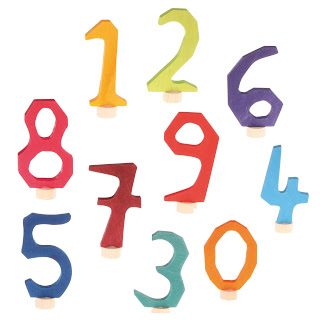
What is math-anxiety? Math-anxiety has been defined as the feeling of tension, helplessness, mental disorganization and dread one has when required to manipulate numbers and shapes and the solving of mathematical problems. It also described as involving strong feelings of fear and apprehension when faced with the possibility of dealing with a math problem.
There are many factors which may contribute to math-anxiety:
- Trigger events in education.
- Lack of support.
- Lack of consideration of different learning style.
- Timed test (forget the needed math concept).
- Teachers with math anxiety pass it along to their students.
- Teachers / the school system also may be a negative influence.
As a conclusion, learning math must be fun and joy. So, there are several steps can be taken as prevention of math anxiety:
- Designing positive experiences in math classes.
- Teaching methods must be re-examined.
- Emphasizing the importance of original, quality thinking rather than rote manipulation of formulas.
- Ask questions; be determined to ‘understand the math’ .Don’t settle for anything less during instruction. Ask for clear illustrations and or demonstrations or simulations.
- Lessons must be presented in a variety of ways.
- Math needs to be relevant to everyday lives.
- Practice regularly, especially when you’re having difficulty.
- Don’t just read over your notes-do the math. Practice the math and make sure you can honestly state that you understand what you are doing.
- Be persistent and don't over emphasize the fact that we all make mistakes. Remember, some of the most powerful learning stems from making a mistake.



No comments:
Post a Comment